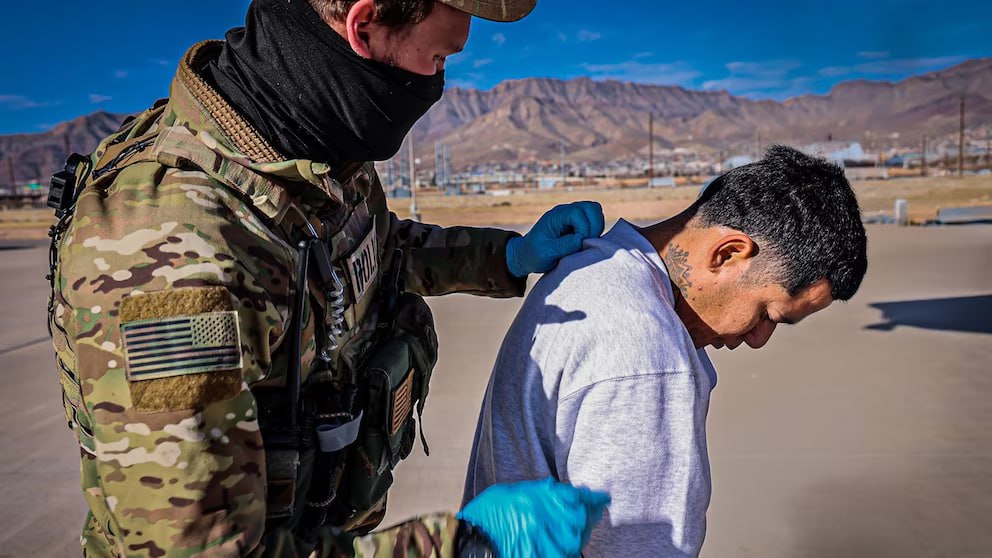The U.S. military has begun deporting individuals who entered the country illegally, with the first flight landing at Guantanamo Bay, Cuba, on Tuesday evening, according to a U.S. official. This marks a shift in immigration enforcement, as the naval base has primarily been used for detaining foreign nationals linked to security concerns.
President Donald Trump has proposed using Guantanamo as a temporary holding facility, stating it has the capacity for up to 30,000 people. Defense Secretary Pete Hegseth, who previously served at the base, described it as a suitable location for managing migrant processing. To support operations, 230 Marines from the 6th Marine Regiment have been deployed, with troop numbers expected to adjust as needed.
Some human rights organizations have raised concerns over the move. Amy Fischer of Amnesty International USA criticized the policy, saying it limits access to legal and family support.
In addition to the Guantanamo transfer, the U.S. deported a group of Indian nationals back to India on Monday. Other recent deportation flights have sent individuals to Ecuador, Guam, Honduras, and Peru, while Colombian officials arranged flights to return their citizens.
According to the Pew Research Center, over 725,000 Indian nationals are in the U.S. without legal authorization, making them the third-largest group after migrants from Mexico and El Salvador. Border Patrol has also reported a sharp increase in Indian nationals attempting to cross from Canada, with more than 14,000 apprehended in the past year—ten times higher than two years ago.
The Department of Homeland Security is overseeing the process, with military support at Guantanamo Bay expected to be adjusted based on operational requirements.






